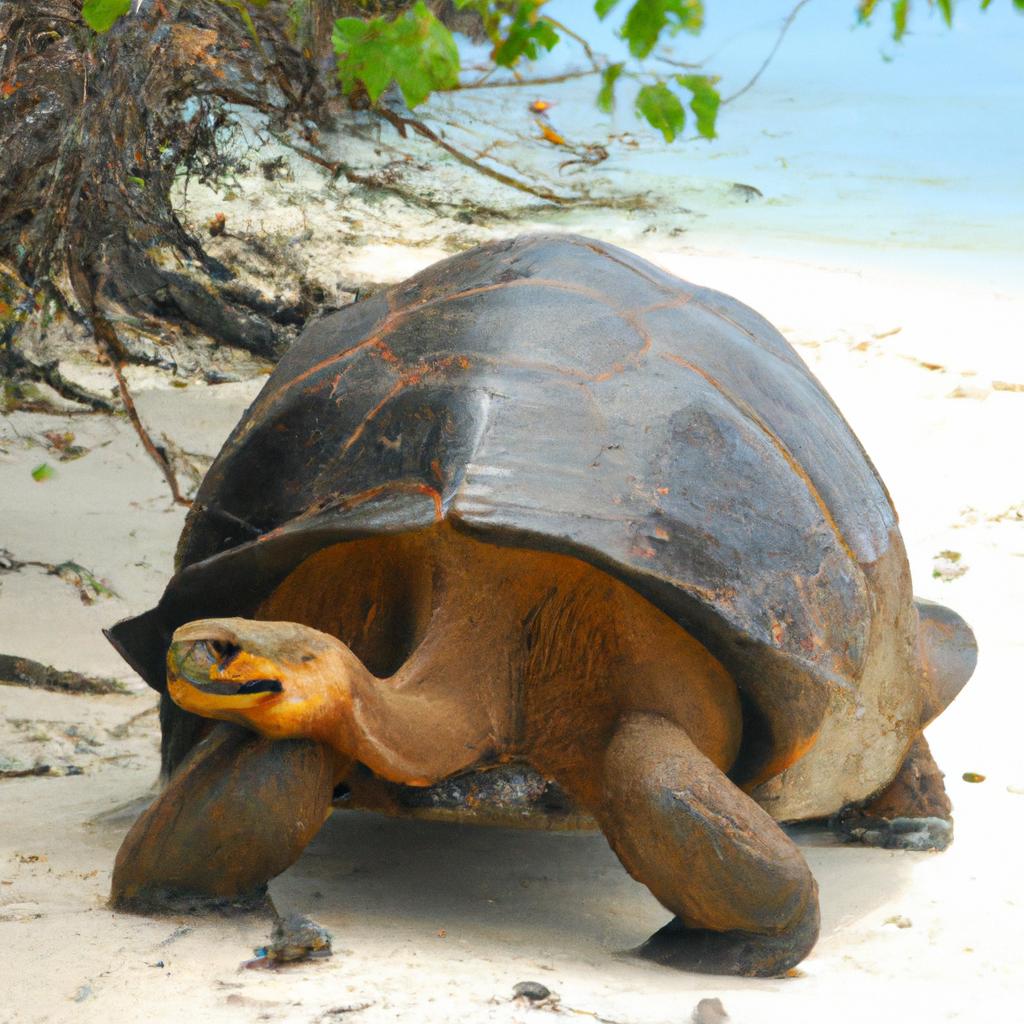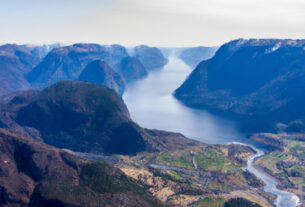The Galapagos Islands, located in the Pacific Ocean 1,000 km off the coast of Ecuador, are truly a natural wonder. These volcanic islands have captivated the hearts of naturalists and scientists for centuries due to their unparalleled wildlife. Designated as a UNESCO World Heritage Site and a national park since 1959, the Galapagos Islands continue to inspire awe and fascination.
A Unique Geographical Location
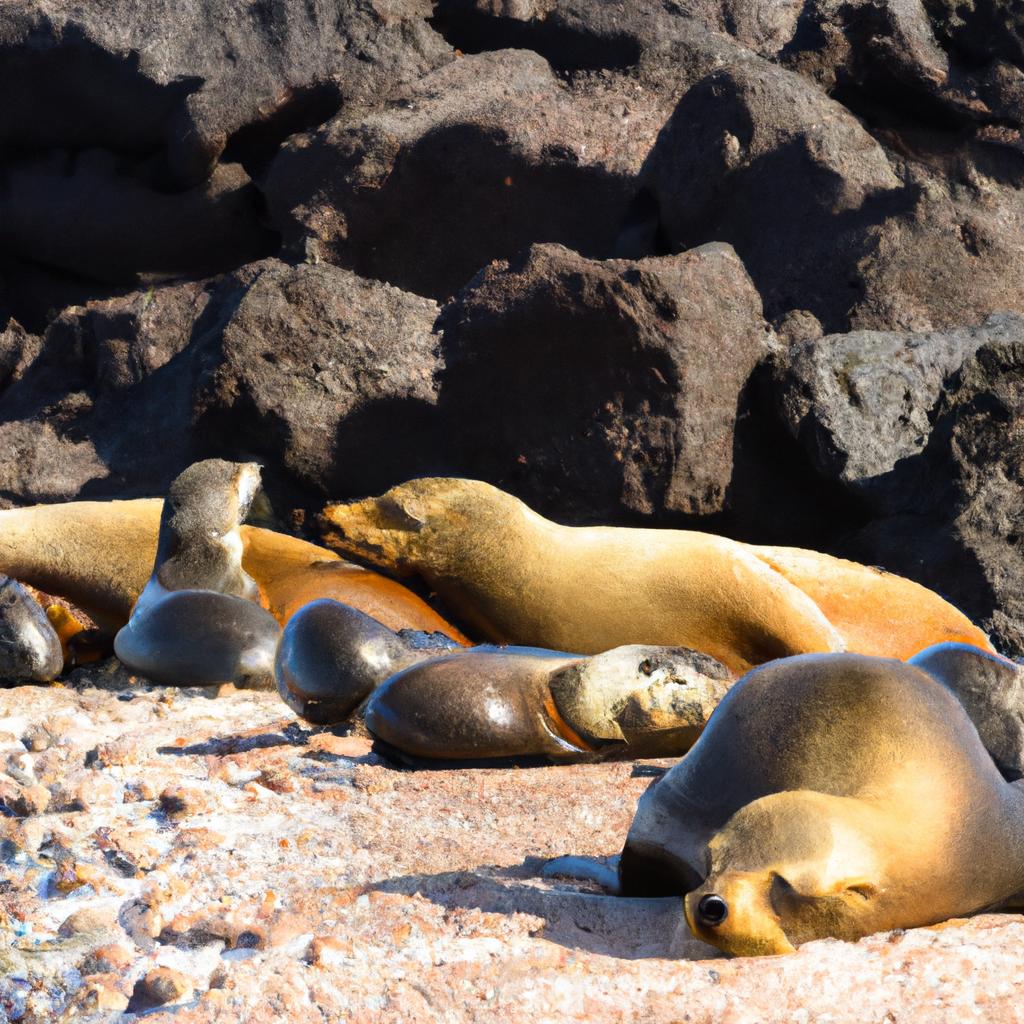
Situated on the equator, the Galapagos Islands consist of 18 main islands, three smaller islands, and over 100 islets. This archipelago lies at the confluence of several ocean currents, including the cold Humboldt and the warm Panama currents. This unique geographical location and climate have fostered the evolution of diverse and endemic species found only on these islands.
Visitors can reach the Galapagos Islands by taking a flight from Quito or Guayaquil, the main airports being located on Baltra Island. To enter the islands, travelers must pay a national park fee. Additionally, the Galapagos Islands are close to other countries and territories such as Peru, Chile, and the Galapagos Marine Reserve, which encompasses the surrounding waters.
A Remarkable Biodiversity
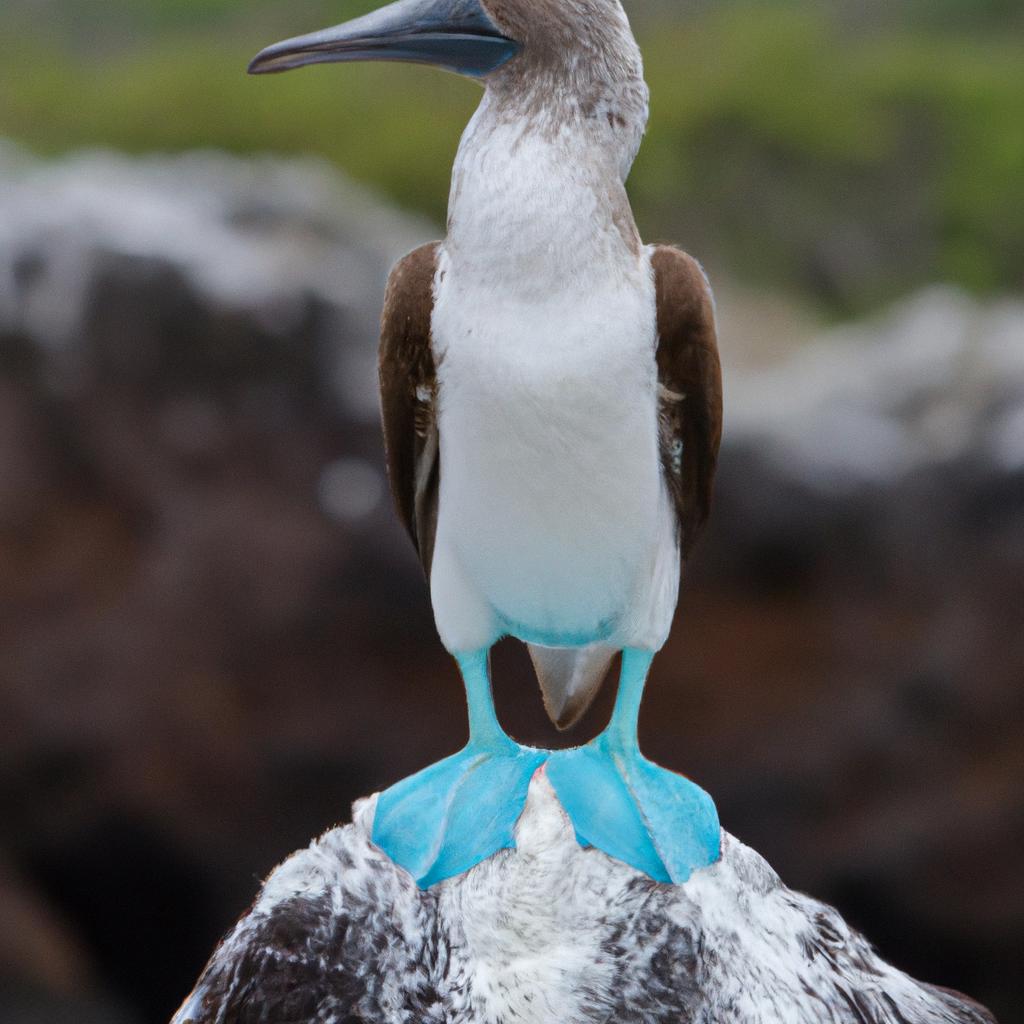
The Galapagos Islands boast an extraordinary range of wildlife, including species that cannot be found anywhere else on Earth. The islands’ distinctive geography and climate have nurtured an ecosystem where species have evolved separately from their mainland counterparts. The giant tortoises, marine iguanas, and Darwin’s finches found on the islands greatly contributed to Charles Darwin’s theory of evolution.
Around 80% of the land birds, 97% of the reptiles, and 30% of the plants found on the Galapagos Islands are endemic to the archipelago. This high level of endemism highlights the islands’ importance as these species have adapted to fit unique ecological niches within the delicate ecosystem.
However, the Galapagos Islands’ biodiversity faces threats from human activities. Invasive species, overfishing, and climate change pose significant challenges. Conservation efforts are diligently underway to protect the islands’ unique species and ecosystems.
A Paradise Shaped by Volcanic Activity
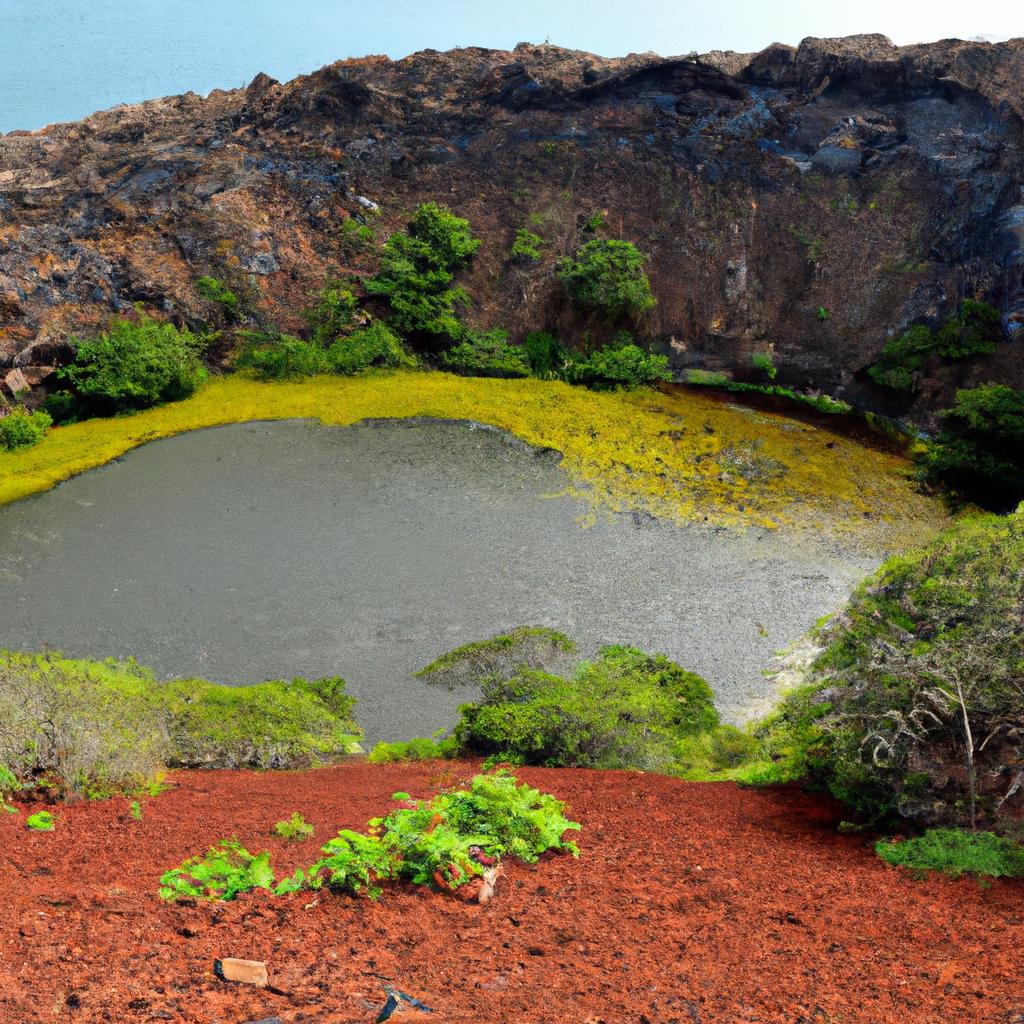
The Galapagos Islands exhibit a rich biodiversity, sheltering many extraordinary animal species found nowhere else on the planet. From giant tortoises to marine iguanas, blue-footed boobies to flightless cormorants, the islands are teeming with life. Particularly intriguing is the divergence of species from their mainland counterparts. For instance, the finches on the islands have evolved diverse beak sizes and shapes to adapt to different food sources.
Endemism also plays a significant role in the islands’ ecosystem, with approximately 80% of the land birds, 97% of the reptiles, and 30% of the plants showing unique adaptations exclusive to the Galapagos Islands. These species play a vital role in maintaining the islands’ delicate ecological balance.
Unfortunately, human activities pose a severe threat to the Galapagos Islands’ biodiversity. The introduction of invasive species such as rats and goats has had devastating effects on the native wildlife. Overfishing, specifically targeting sharks and sea cucumbers, further exacerbates the challenges. Additionally, climate change, with rising sea levels and temperatures, impacts the islands’ ecosystems.
However, dedicated conservation efforts seek to safeguard the unique species and ecosystems of the Galapagos Islands. The Ecuadorian government has designated 97% of the islands’ land area as a national park, while the Galapagos Marine Reserve encompasses an impressive 138,000 square kilometers. Conservation organizations and scientists work diligently to control invasive species and monitor the health of the islands’ ecosystems.
Sustainable Tourism in the Galapagos
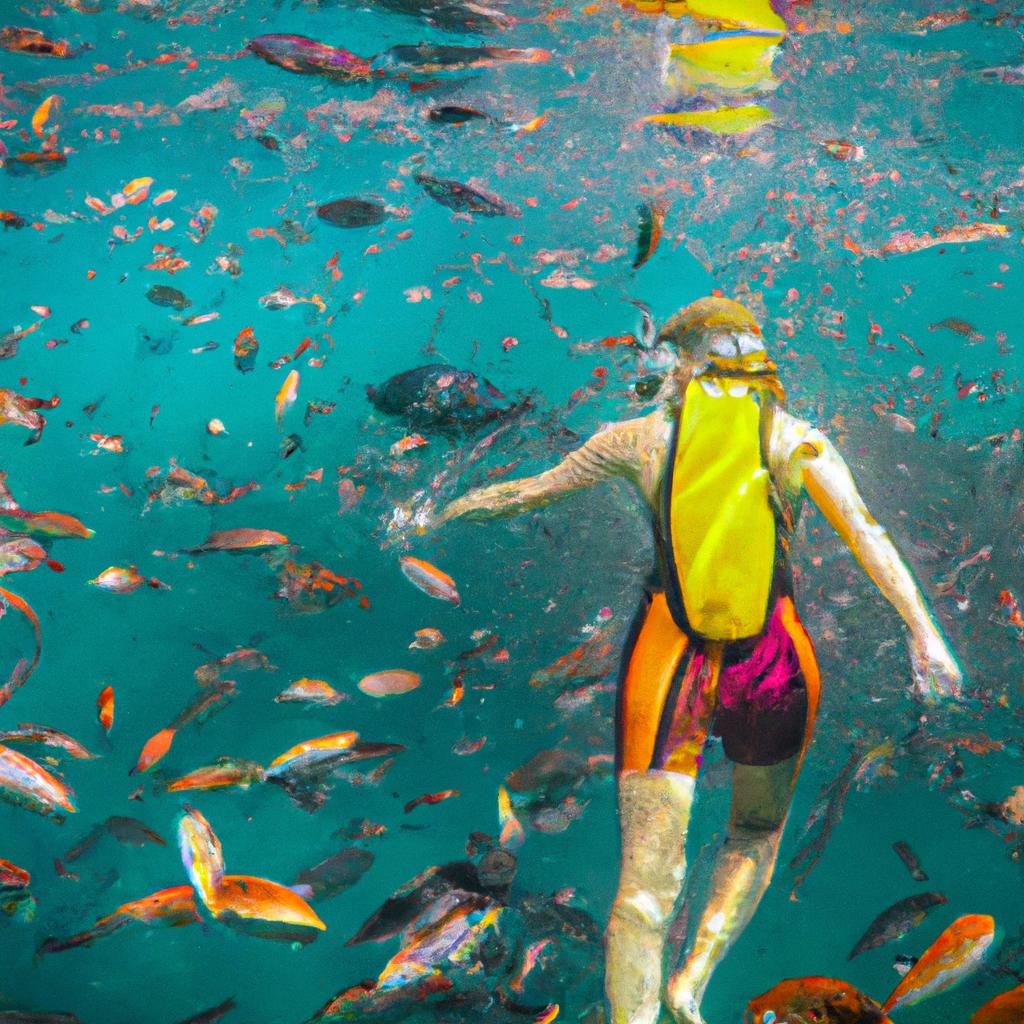
The Galapagos Islands have become a popular tourist destination, attracting approximately 200,000 visitors annually. While tourism provides essential income for the islands, it also poses significant challenges to the fragile ecosystem. To ensure the sustainability of tourism and protect biodiversity, the Ecuadorian government has implemented stringent regulations.
Visitors to the Galapagos Islands can engage in various activities such as hiking, snorkeling, and wildlife observation. Nature enthusiasts and photographers flock to the islands for their unique wildlife and stunning landscapes. Additionally, the Charles Darwin Research Station offers valuable insights into the islands’ history and conservation efforts.
Sustainable tourism practices are crucial in preserving the Galapagos Islands’ fragile ecosystem. The Ecuadorian government restricts the number of visitors to the islands, and tour operators must adhere to strict guidelines to prevent harm to the environment. Visitors are also required to pay a national park fee, contributing to the support of conservation efforts on the islands.
Overall, the Galapagos Islands provide an unparalleled and riveting experience, allowing visitors to witness some of the world’s most exceptional wildlife while gaining invaluable knowledge about conservation efforts. Sustaining this unique ecosystem for future generations requires collective responsibility through sustainable practices and active support of conservation initiatives.
To discover more about the Galapagos Islands and join the mission to protect this natural marvel, visit TooLacks. Together, we can ensure that the awe-inspiring wonder of the Galapagos Islands endures.
